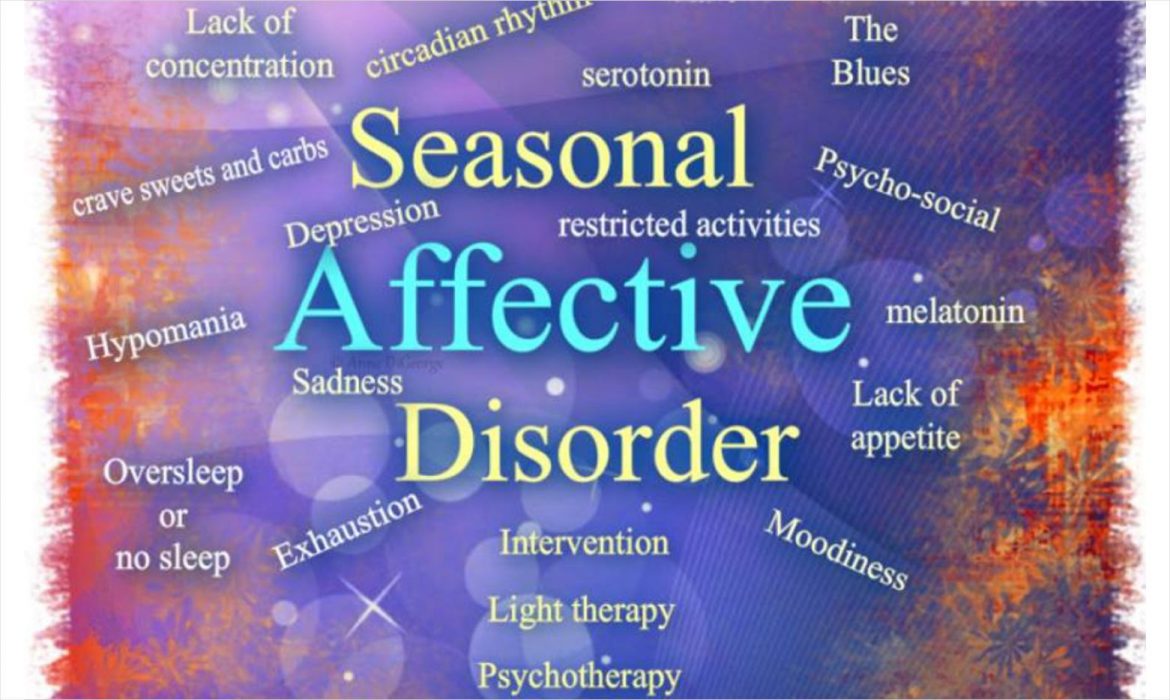
SAD – Seasonal Affective Disorder
As our clocks change this weekend, we will start to see the evenings draw closer. The mornings take longer to get lighter also and for many of the population, this has an impact on their mental health. In this blog we will be looking at Seasonal Affective disorder or SAD for short.
This has become more recognised in later years by medical professionals and it starts to typically affect those prone in Autumn/ Winter time with an improvement by Spring time.
The symptoms are similar to those of classic depression, such as a low mood, feeling hopeless, feelings of worthlessness, feelings of guilt, tearfulness, irritability, losing interest in the things that you usually find pleasurable, anxiety and worry and so forth. They are just on a repetitive cycle, giving the condition it’s name. To find out more visit the NHS website.
The severity of seasonal affective disorder affects people in different ways, some experience a milder version, prone to irritability and worry, whereas others will suffer more severely, to even experiencing suicidal thoughts.
Other symptoms include a lack of energy and sleeping for longer and during the daytime, having an increase in appetite with a tendency to desire carbohydrate foods and finding it hard to concentrate.
Speaking to a therapist may be helpful , such as counselling or CBT ( Cognitive Behavioural Therapy ) or seeing your GP. Another treatment that is recommended for seasonal affective disorder, is by using a light box. This is a special lamp that simulates the daylight that we miss out on during the autumn and winter seasons. Thirty minutes a day is recommended to use these and its thought that light encourages your brain to reduce the production of melatonin and increase serotonin, which affects your mood. These need to be purchased privately and it is recommended to check out the suitability for yourself first before using.
There are some self help suggestions too, starting with trying to obtain as much natural sunlight as possible, which could mean going for walks in your lunch breaks rather than staying in the office or shopping. Ensure that both your work and home environments are as light and airy as possible, and when you are inside, sit by a window if possible.
Take regular exercise, especially outside in the daylight, as it’s proven to boost a low mood, which is a challenge when you have little motivation but worth pursuing to feel the benefit. Maintain a healthy and balanced diet as much as you can and lessen the stress in your life, or at least learn how to manage it more effectively.
It’s helpful to share how you feel with those closest to you, so that they understand the dip in your mood and change in behaviour.
Seasonal affective disorder can be difficult to diagnose, as it is very similar to other types of depression, it may take a few years to notice a pattern. It is usually diagnosed when it happens each year at the same time for at least two years and when the depressive phase is followed by good mental health.
I offer day time, evening and weekend appointments to cater for all working patterns. For a Counsellor in Leicester or Loughborough call Jane on 0116 2106080 or book an appointment here.

Recent Comments